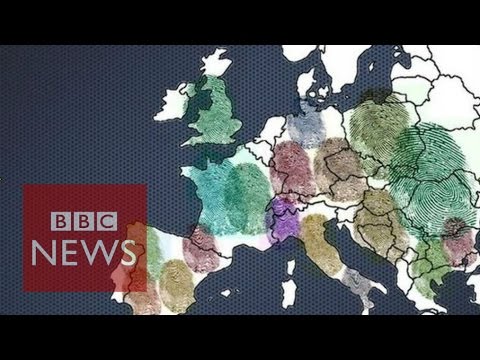Typography: A Cultural Bridge in the EU Immigration Landscape
Typography, an essential facet of visual communication, has played a unique role in the narrative of EU immigration. This comprehensive guide explores the history of typography, its evolution, and its unexpected connections to EU immigration rules and policies.
The Origins of Typography: A Migrant’s Tale
Just as people have migrated across borders, so have fonts and typographic styles. This section delves into the history of typography, tracing its journey across cultures and its role in shaping communication within the context of EU immigration.
The Gutenberg Press: Printing a Path to Integration
The invention of the movable type printing press by Johannes Gutenberg was a pivotal moment in history, democratizing information and aiding in the integration of immigrant communities. Explore how this technological advancement impacted both typography and immigration in the EU.
Typography in the Digital Age: Bridging Cultures
The digital era has transformed typography, making it a powerful tool for bridging cultural gaps and aiding in the assimilation of immigrants. This section examines how digital typography is used to communicate essential information and foster a sense of belonging among EU immigrants.
Cultural Significance: Fonts as Vessels of Identity
Typography carries the weight of cultural identity, playing a crucial role in preserving the languages and scripts of immigrant communities. Discover how fonts act as vessels of identity and heritage within the EU’s diverse linguistic landscape.
Typography and Immigration Policy: A Visual Dialogue
Explore the intersection of typography and EU immigration policy, examining how typographic choices in official documents and public communications reflect and influence perceptions and policies regarding immigration.
FAQs: Typography and Immigration in the EU
This section addresses common questions about the role of typography in EU immigration, providing clear and concise answers to deepen your understanding of this unique intersection.
Conclusion: Typography as a Cultural and Communicative Bridge
Typography, with its deep historical roots and evolving nature, serves as a cultural and communicative bridge in the complex landscape of EU immigration. By exploring its history and impact, we gain insight into the power of fonts to shape, reflect, and influence immigration narratives and policies.
